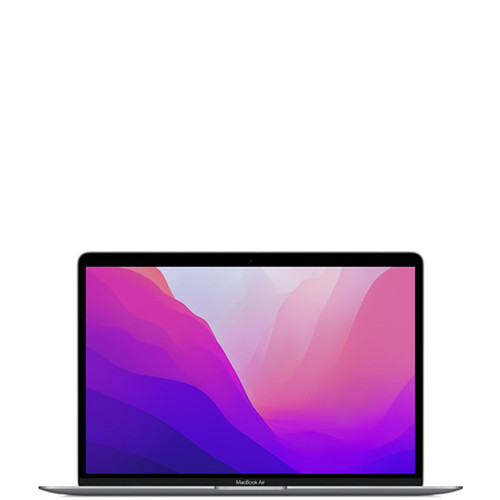Additive manufacturing has reshaped modern production, making it possible for companies to create customized parts quickly and cost-effectively. While many people equate the term with 3D printing, the reality is that several distinct technologies fall under this umbrella. Each offers unique benefits, limitations, and ideal use cases.
Here’s a closer look at the main additive manufacturing methods and what sets them apart.
1. Powder Bed Fusion
Powder Bed Fusion uses lasers or electron beams to melt layers of powdered material until the object is complete. Techniques such as Selective Laser Sintering (SLS), Direct Metal Laser Sintering (DMLS), and Electron Beam Melting (EBM) all fall into this category.
The process is versatile, supporting different materials and producing durable parts. However, it consumes significant power, is relatively slow, and the build size is limited. Once printing is complete, excess powder must be removed during post-processing.
2. Material Jetting
This approach functions much like an inkjet printer, depositing tiny droplets of resin or wax layer by layer. Material jetting is highly precise, producing detailed parts with smooth surfaces and minimal waste. It can even create multi-material or multi-colored objects in a single build.
The downside is the limited range of compatible materials and the need for support structures during production. Parts also require curing to achieve full strength.
3. Binder Jetting
Binder Jetting layers powdered material and a liquid adhesive to create 3D objects. It supports a wide variety of materials, including ceramics, plastics, and metals, and can produce parts in full color.
While the process is relatively fast, the resulting objects often need additional processing—such as sintering or infiltration—to improve durability and surface finish. This extra step can slow production and add costs.
4. Sheet Lamination
In this method, thin sheets of material—metal, plastic, or even paper—are bonded together to form an object. Ultrasonic Additive Manufacturing (UAM) and Laminated Object Manufacturing (LOM) are common techniques.
Sheet lamination is inexpensive and energy-efficient, making it suitable for visual prototypes or hybrid processes. However, the strength and finish of the final product depend heavily on the materials and adhesives used.
5. Vat Photopolymerization
Vat Photopolymerization immerses liquid resin in a container, where UV light solidifies the material layer by layer. This technique is capable of producing smooth, detailed parts and is often used for prototypes or medical applications.
On the downside, it is more expensive than other methods and requires support structures. Because the resin has no natural structural integrity, additional processing is needed to strengthen the finished product.
6. Directed Energy Deposition (DED)
DED uses focused energy—typically a laser or electron beam—to melt material as it is deposited through a nozzle. It is widely used in metalworking but can also work with ceramics or plastics.
One advantage is the ability to repair or enhance existing parts, making it useful for hybrid manufacturing. However, parts produced often need post-processing, and surface finishes can vary significantly.
7. Material Extrusion
The most familiar approach, Material Extrusion, is commonly seen in consumer 3D printers. A heated nozzle extrudes plastic filament onto a platform, layer by layer, to build the final object.
It’s inexpensive, accessible, and capable of producing strong plastic parts. That said, quality depends on the consistency of extrusion and calibration, and surface finishes may require additional work.
The Role of Software in Additive Manufacturing
Regardless of the technology, each process relies on advanced software to succeed. Computer-Aided Manufacturing (CAM) tools enable engineers to simulate builds, test performance, and refine designs before committing to physical production. This digital-first approach reduces costs, improves efficiency, and ensures products meet performance requirements before reaching the factory floor.
Final Thoughts
Additive manufacturing isn’t a single technology but a collection of methods that allow businesses to produce innovative designs with greater flexibility than traditional approaches. Whether through the precision of material jetting, the strength of powder bed fusion, or the accessibility of material extrusion, the right choice depends on your project’s goals, scale, and budget. By combining these techniques with powerful software, companies can bring ideas to life faster and more efficiently than ever before.







